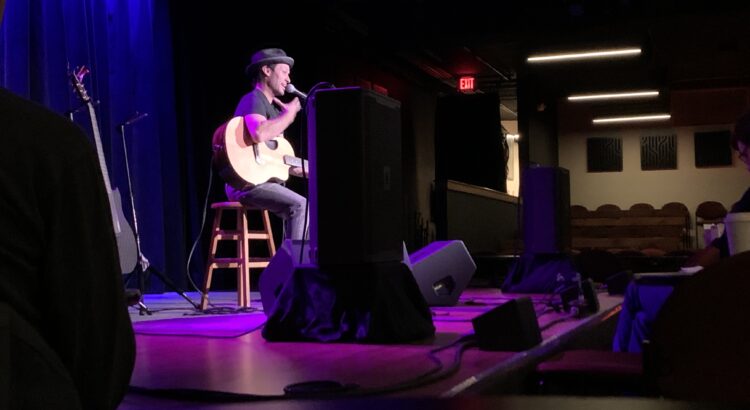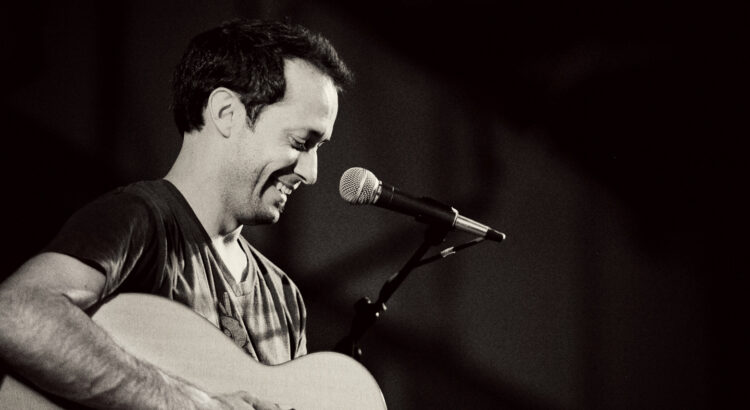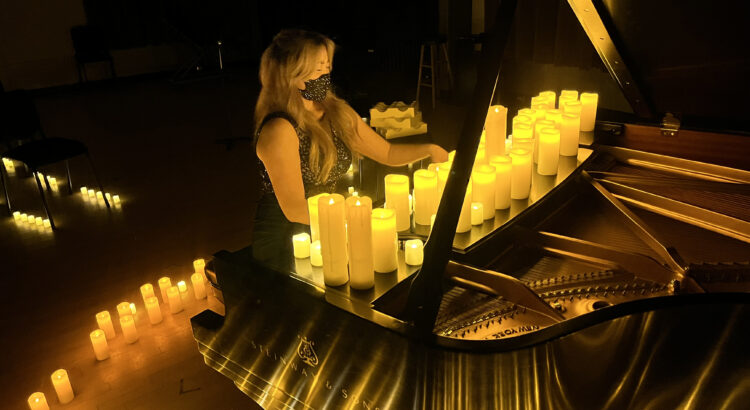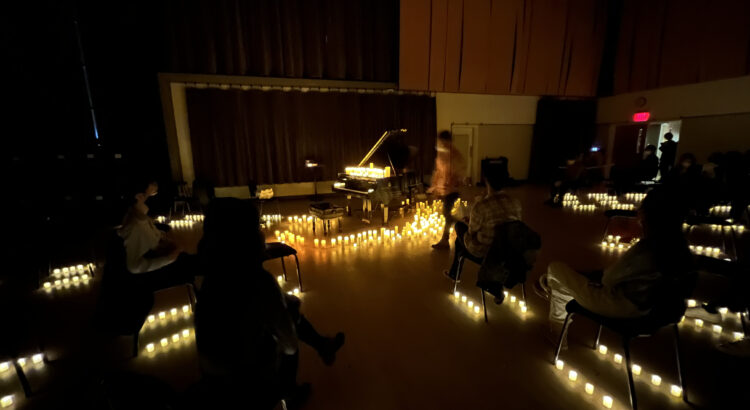After an exam-dense week, Trace Bundy’s show was a breath of fresh air to end my Friday. On top of his flashy fingerstyle techniques, Bundy’s playful personality shined through. Maintaining a conversational tone throughout the performance, he truly created an environment that felt much like a laid-back living room jam session with friends.
Because it was my first time at The Ark, I did not know what to expect in terms of layout or general audience demographic. The venue seems to be run by volunteers who are all very passionate about sharing great music. I was pleasantly surprised by the casual seating around mini tables scattered across an open floor plan, so my friends and I grabbed a couple of hot chocolates from the stand and settled down in the front.
Bundy opened the show by giving a quick overview of the different fingerstyle techniques he typically incorporates into his compositions, including tapping, percussive thumping, and looping. This really set the stage for an ongoing discussion about the technical elements that were showcased throughout the set list, which was great if you like to geek out over that stuff (like me).
Each of the songs Bundy included in the set seemed to highlight a different concept, which kept the performance engaging and showcased his range. Here were some of my favorite bits:
- Frankie Valli’s Can’t Take My Eyes Off You. Bundy introduced this as a recent project he took on inspired by the song’s ambiguous chord progressions, which he achieved using a myriad of customized capos (all at the same time, of course). Capos work by clipping to the neck of the guitar and pressing down across all the strings so that the resulting notes you play are shifted up by the same interval. However, by sawing the end off a capo or drilling a tunnel through, Bundy is able to only shift certain strings at a time.
- Dueling Ninjas. This is one of Bundy’s original compositions from his Adapt album. Played entirely by finger tapping, he explained how each hand represented a ninja with a different personality.
- Overtime. Bundy demonstrated how he used a delay pedal to create an underlying beat at one tempo and play in between at a slightly different tempo. This created an interesting rhythmical texture and hurt my head trying to grasp how he kept track of the beats.
- Love Song. My personal favorite! Once again, Bundy brought out a handful of capos and somehow incorporated the procedure of clipping them on/off and sliding them around into the song like a choreographed dance.
I encourage everyone to keep Trace Bundy on their radar! I have a lot of respect for musicians who are not only eager to share their thought processes but are also able to present them in an accessible way to get everyone excited about something like music theory. Speaking to him after the show, I found that he is also just a kind and down-to-earth person.








